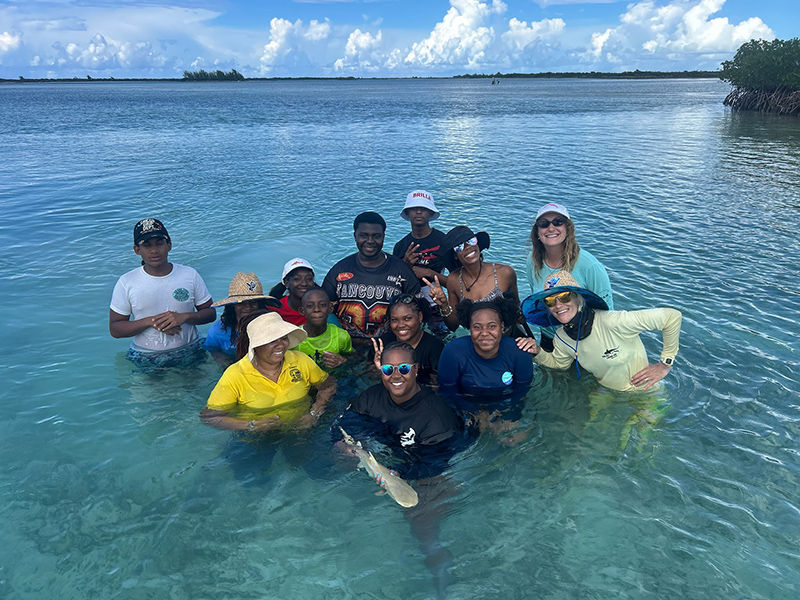Meet Underwater Photographer Andy Murch
- Sharks4Kids

- Jul 22, 2020
- 3 min read
If you have looked at many shark images, then you have probably seen some of Andy's work. He has the largest elasmobranch image collection of any single person. Check out ELASMODIVER to see his epic collection. Andy is a member of our media team and has donated dozens of images to help us create fun and exciting educational materials. He has also helped us share more diverse species with students. You can also join Andy on one of his incredible EXPEDITIONS.
Thanks to Andy for taking time to share his shark story.

1. What is your favorite shark and why?
Puffadder Shysharks in particular because sooooo beautifully patterned, and as a group, all other colorful shallow water catsharks for the same reason. I also like the fact that they're so small and non-scary.

Favorite ray and why?
This is a harder question. I love mantas because they are so intelligent and graceful. The way eagle rays swim is visually stunning. But my favorite family is probably the deepwater skates. Some have amazing patterns, some have thorns all over their bodies (enlarged denticles or 'skin teeth'), and most live so deep that it is exciting just to see a photograph of one.
2. What species is at the top of your Bucket List to photography?
I would love to photograph a daggernose shark or a winghead shark. Both species live in murky coastal waters where there are lots of rivers that make it impossible to get a good shot, but it would be great to get a clear image of either species. The daggernose Shark looks like a small reef shark but it has a long flat pointed nose like a slice of pizza. The winghead shark is a rare type of hammerhead with an extremely wide skinny hammer.
3. You have the best shark photo collection of anyone in the world, what inspired you to start this journey?
I just kinda happened organically. I loved seeing my first sharks and rays and wanted to take images so that I could show my friends. Then I created elasmodiver.com so that everyone would have a better idea of where to find all of the species I had seen. I guess I got to the point where I couldn't stop!
4. What species has been the hardest/most challenging to photograph?
A few years ago, I spent weeks in the Darien Jungle trying to talk my way onto a fishing boat in order to examine their bi-catch. Eventually I made it out to sea and after a week of watching them fish, they finally pulled up a scoophead shark (a rare species of hammerhead) which I promptly released and of course took the first live photographs of that species as it swam away.

5. Is there a species you've photographed recently that you were really excited about?
I managed to photograph some velvetbelly lantern sharks recently. That was exciting because they normally live in extremely deep water, but in one particular fjord in Norway, the water is always dark so they are able to ascend to relatively shallow water where lucky divers have a chance to see them.

5. Why is photography so important for conservation?
Images of live sharks in their natural environment, fill people with wonder. I feel that if we want the general public to like sharks and vote for their protection, it is extremely important to show them inspiring images.





















